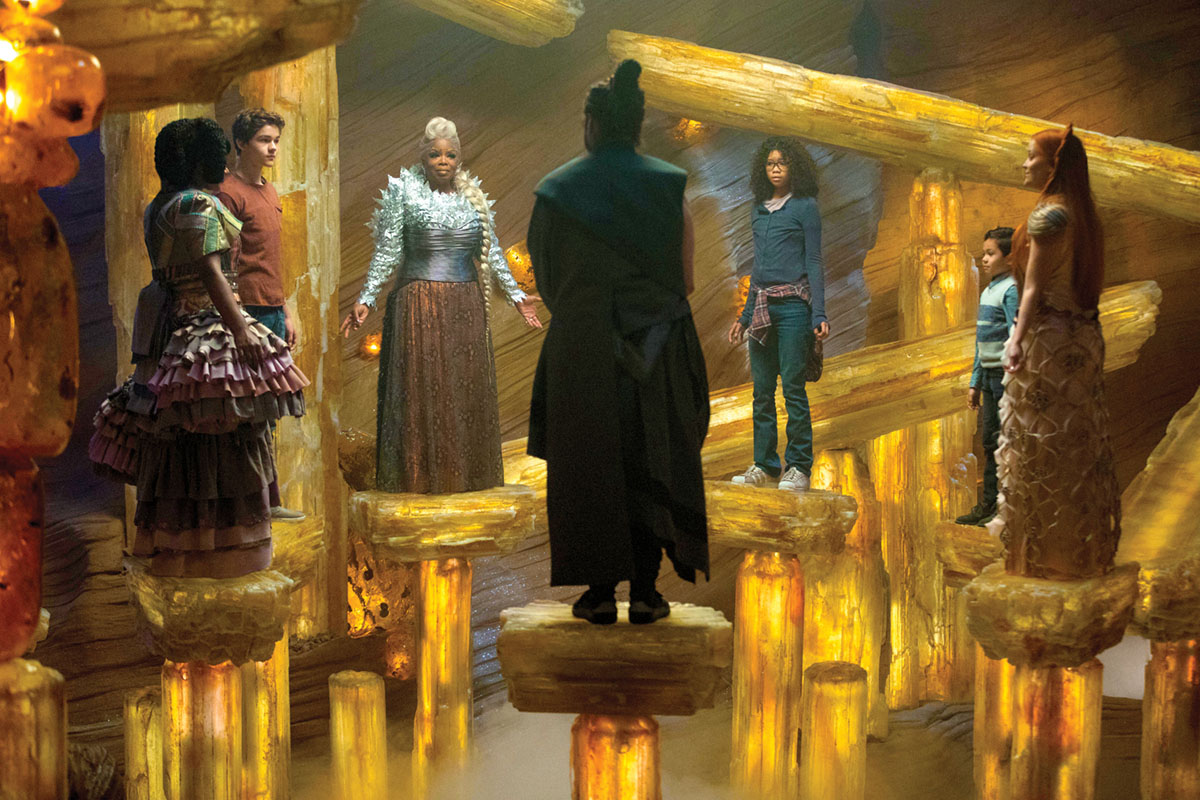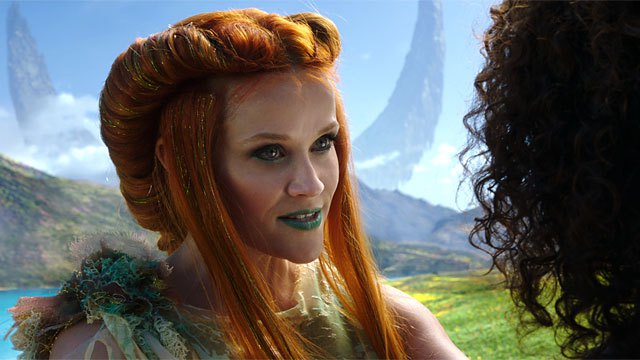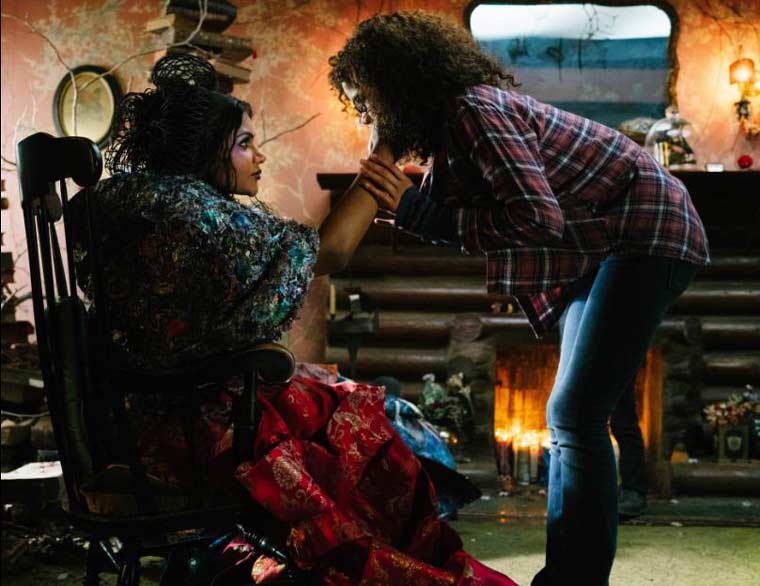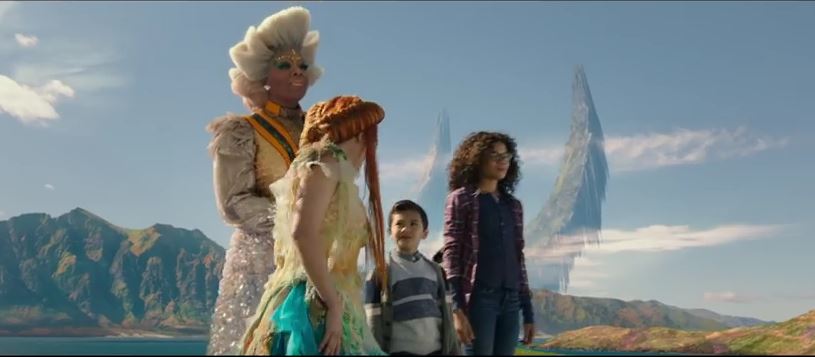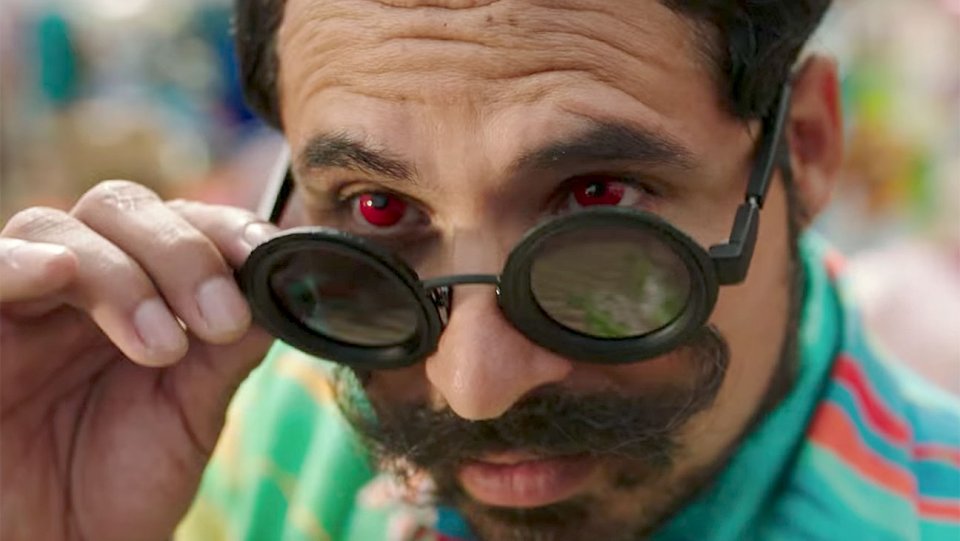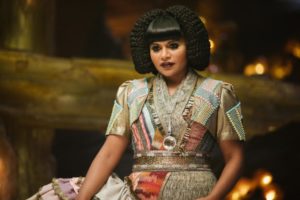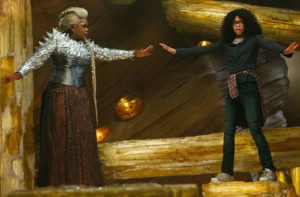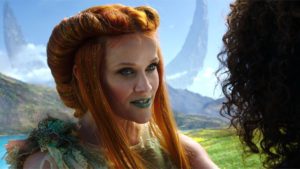Jun
Diversity Without Pity #35 | A Wrinkle In Time
[responsivevoice_button voice=”UK English Female” buttontext=”Listen to Post”]
Based on the trailer for A Wrinkle In Time, I went into this movie with little expectations beyond some Tarsem Singh/Mira Nair-tease. Because I love ornate costumes on people of color traversing beautiful landscapes, I was really excited to see this film. Instead, I’d never felt more morally-obligated to see a movie than I did as I prepared to see A Wrinkle In Time. Marketed as the first $100 million-dollar movie to be directed by an African American woman, the fact that it’s based on hugely-popular young adult sci-fi book of the same name (that I didn’t read), and that initial reviews were not great, watching this movie came with so much baggage.
But I was prepared to think about this recent Disney film adapted to screen by director Ava DuVernay, less as a middle-aged single woman with high art, Daughters tof the Dust expectations, but the 8-12-year-old me who expects nothing else of the world but to simply be delighted and entertained.
A Wrinkle In Time is not perfect. Unlike the similarly-themed Inception, it lacks enough scientific rigor to be taken seriously. The magic realism is easier to believe than some of the lazy science in AWIT. By the third act, it centers much of the movie on the young child actor playing Charles Wallace, I once again know why I don’t want kids at this moment in my life.
But when it comes to diverse cultural storytelling, costumes, and production there’s a lot more good than bad happening in A Wrinkle In Time, so let’s unpack that.
Magic Realism
As a literary genre, I don’t know how much magic realism is used in the original book. But I do know that magic realism is used in a lot of stories that feature communities from indigenous, Latin, and African cultures. Where the lines between natural/supernatural, life/death, real/imagined do not exist. Look to the work of Toni Morrison’s Beloved and Song of Solomon, and Yann Martel’s Life of Pi.
Womanism to Tell Y.A. Stories
When it comes to young adult stories featuring young women, post-feminism is used to understand these character’s experiences. In film adaptations like The Baby-Sitter’s Club, The Sisterhood of the Traveling Pants, and Mean Girls young women have their complex social lives reflected back to them via social entrepreneurship, the endurance of friendship, and the ugly social politics of high school. But these experiences are often centered on White women’s perspectives of feminism. When young girls of all ethnicities are taught to come of age through feminism, who and what they look to for personal growth becomes limited.
”I'd never felt more morally-obligated to see a movie than I did as I prepared to see A Wrinkle In Time.
But womanism is a different kind of work. Coined by author Alice Walker, womanism holds that “both femininity and culture are equally important to the woman’s existence.” And when womanism is used to adapt AWIT, some very deliberate casting, costuming, and makeup choices were made.
One of the things that womanism observes is how women of color use self-adornment through make-up and hair as a form of self-healing and mutual support. Celebrity hairstylist Kim Kimble styled each character’s hair, with a very globally-inspired look. It also appeared as though production wanted the characters to look as they’d styled themselves or one another.
Unexpected Sources of Inspiration
Adult-themed sources of inspiration such as the films of Terry Gilliam, FX’s Legion, and the late Jonathan Demme’s adaptation of Toni Morrison’s Beloved (also starring Winfrey) come to mind when I look at the visual language of AWIT. I think that’s what DuVernay was going for. She expressed in an interview that she wanted young girls to be treated like adults. Drawing from eccentric but thematically-complex sources show how much trust DuVernay has in her target audience.
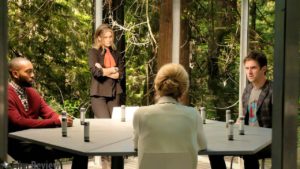
Legion, 102 “Chapter 2” – Jeremie Harris as Ptonomy Wallace, Rachel Keller as Syd Barrett, Jean Smart as Melanie Bird, Dan Stevens as David Haller ©2016 FX Networks, photo by Michelle Faye
A Wrinkle In Time may go down to be the next Return to Oz, Zathura, or any of the children’s fantasy movies that upon initial release were designed to intimidate scared, hand-wringing adults but go on to live as classics in the minds of kids at the time of their debut. Movies that understood that young children have deep, complex emotional lives. And can appreciate when those experiences are told through minds and bodies different or similar from their own.
Diversity Without Pity is a blog series from IDSL, highlighting media that uses smart design, and considers the diversity of it’s casting without selling the viewer or consumer short.



